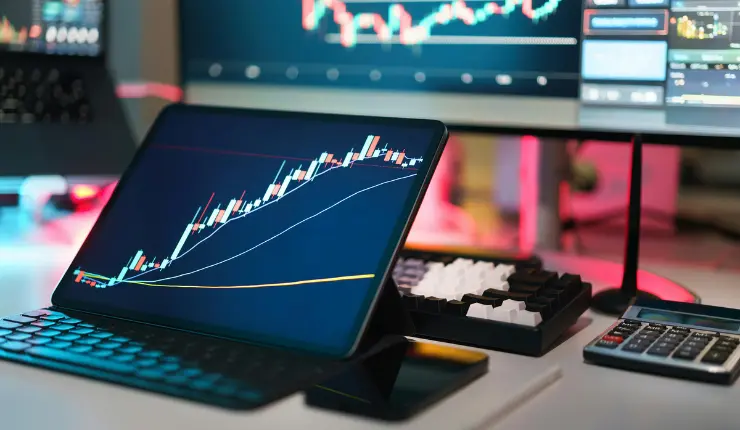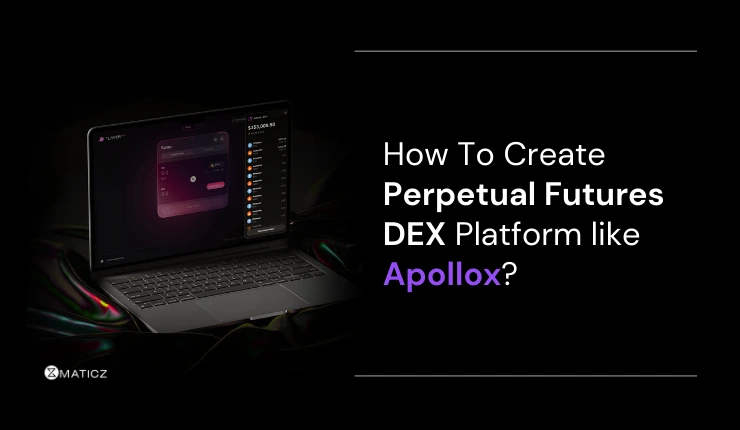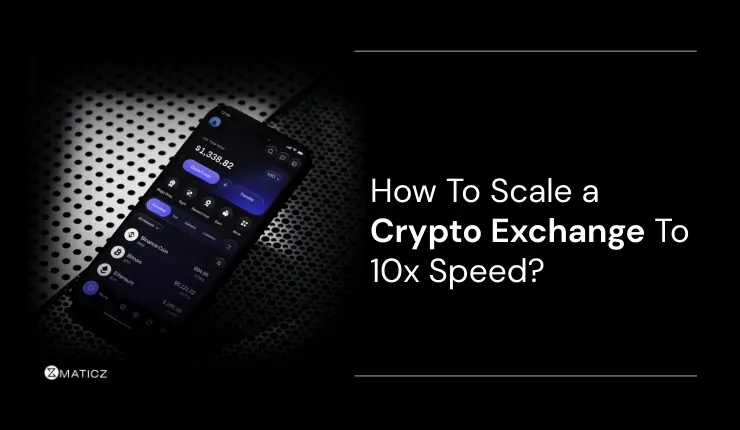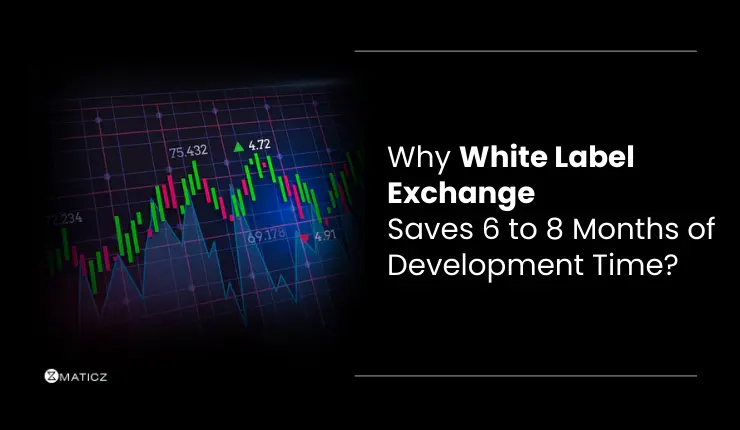Share Posts

The Evolution of Crypto Trading: Spot vs Perpetual Futures Explained
46
1296
103
The cryptocurrency trading field has undergone a remarkable transformation since Bitcoin’s introduction to the market in 2009. In the early stage, crypto trading started with simple spot trading and has evolved into a sophisticated ecosystem featuring a range of financial instruments. Among these new technologies, perpetual futures have arisen that remarkably offer flexibility and leverage. Let’s explore this blog about the crypto trading journey from spot trading to perpetual futures, highlighting key milestones, their impact on the market, and the current state of crypto trading.
Spot Trading: Early Stage of Crypto Markets
In the early days of crypto trading, buying and selling of cryptos at current market prices occurred with immediate settlement. Bitcoinmarket.com is the first crypto exchange that facilitates people to trade BTC for USD and display market prices. Following that, a lot of crypto exchanges embrace their business in spot venues like Bitstamp, Kraken, Gemini, etc. Also, the spot market expanded into new coins with the beginning of novice blockchains. In late 2011, crypto spot trading became a mature ecosystem in centralized crypto exchanges, providing a lot of trading pairs with USD, EUR, INR, JPY, etc. However, a detailed order book details user-friendly accessible features that drive massive adoption of centralized exchange (CEX), attracting investors and traders.
On the other hand, CEX requires you to execute your trade operation, such as providing personal data for KYC/AML, for platform security, and legal regulations. For that, privacy-conscious users prefer to do peer-to-peer transactions and connect their wallets. So, emerging solutions have taken the form of decentralized exchange (DEX). Through this exchange, users can execute their trades directly from their wallets and settle on-chain transactions immediately. Akin to decentralized transactions run the power of smart contracts to match trades peer-to-peer. Nevertheless, as the cryptocurrency market evolves, traders leverage more advanced tools to manage their risk and capitalize on price volatility, paving the way for derivatives.
Check out here to get more info >> Spot Trading Development
Futures Contracts: A Step Toward Sophistication
The concept of futures contracts is creating an agreement to buy or sell an asset at a decided value on a particular future date. In the crypto space, OKCoin was the first player to implement futures contracts in its exchange in August 2014. This allows users to trade Bitcoin's future price without owning the asset, as well as facilitating a hedge against price fluctuations or leveraging positions for higher returns. Standard futures contracts have an expiry date for the contract ending that is typically weekly, bi-weekly, or quarterly. In that duration, traders can settle or roll over their positions. However, these limitations prompted the development of a more flexible derivative: perpetual futures.
Perpetual Futures: A Game-Changer in Crypto Derivatives
The perpetual futures are a future contract without an expiry date that tends to attract users to hold positions infinitely as long as they maintain sufficient margin. Also, it is named as perpetual swaps. Technically, a perpetual futures contract is cash-settled and uses a periodic funding rate to connect its price to the spot market. These trade mechanisms give incentives for traders to take opposing positions or pay funding, or else keep the contract while hitting the spot trade prices. This perpetual futures facility was first launched by BitMEX in 2016. This perpetual swap revolutionizes crypto trading, offering unique features:
No Contract Expiry: Traders maintain their contracts without worrying about due dates and contract rollovers.
Funding Rate Mechanism: Funding was exchanged every eight hours, with longs or shorts either paying or receiving funds, depending on the disparity between the perp price and the underlying index. If the contract price is higher than the spot price, short holders pay long, and vice versa.
Check here to get more info >> Perpetual futures trading platform
Leading Crypto Exchanges Offering Perpetual Future Contracts
| Exchange | Launch Year | Max Leverage |
| Binance | 2017 | Up to 125x |
| Bybit | 2018 | Up to 100x |
| Kraken | 2011 | Up to 50x |
| MEXC | 2018 | Up to 300x |
| Gate.io | 2013 | Up to 125x |
| Pi42 (India) | 2025 | Up to 75x |
| CoinDCX (India) | 2018 | Up to 100x |
What Impact on the Crypto Market
The introduction of perpetual futures has predominantly shaped the crypto trading landscape with its high trading volume.
Trading Volume
We collected data from Coingecko and Coinlaw, perpetual contract trading volume has reached 2024 at 58.5 trillion. Over the period, the perpetual futures surpassed the volume of spot trading. In the 5-year comparison, perpetual futures trading volume performs substantial growth from 2021 to 2024 and drops in 2023 because of market cycles and trader behaviour. On the other hand increases the ratio of perpetual to spot volumes. The rising proportion of perpetual to spot volumes indicates that traders are increasingly turning to derivatives for both speculation and hedging, especially when the market is trending upward.
Liquidity and Price Discovery
Higher volume usage of perpetual futures uplifts market liquidity, reducing slippage and improving price discovery, where the market determines the fair price of a cryptocurrency.
Market Behavior
A report from Cornell University reveals that perpetual futures play an important role in shaping the crypto market to follow a U-shaped pattern over the eight-hour funding cycles.
| Year | Median Daily Volume (Perpetual Futures) | Yearly Volume (Perpetual Futures) | Perpetual vs. Spot Volume Ratio |
| 2020 | $17.8 billion | $8,551 billion | ~2x |
| 2021 | $132.0 billion | $51,989 billion | ~2.5x |
| 2022 | $101.9 billion | $39,306 billion | 2x–3.5x |
| 2023 | ~$76.7 billion | $28 trillion | ~3.89x |
| 2024 | ~$160.3 billion | $58.5 trillion | ~3.36x |
Although perpetual futures have some risks built into them because high leverage can lead to significant losses, the funding rate mechanism can increase trading costs during volatile periods. BitMEX-like exchanges have an option to auto-deleveraging that may force profitable traders to forfeit gains to cover losses during extreme market movements.
Conclusion
A simple level of spot trading propels us to attain perpetual futures that represent more than just a financial innovation, but also represent the crypto industry and solve the limitations of traditional finance, and create a superior path. This rapid evolution brings more responsibility. Nevertheless, the market is mature enough to focus on aiming for technologies to achieve innovation, sustainability, growth with responsibility, stability, and accessible protections.
That’s it, crypto traders and entrepreneurs, staying informed about these crypto trading models is essential for traders navigating the dynamic world of cryptocurrencies. Now that the tech revolution has happened, Maticz is the veteran in crypto exchange development, from incorporating any special features to recent AI-powered tools. So that if you have a proper crypto business idea you want to execute? Then, reach our experts, they will guide you to build your business.
Tap Into the Future
The latest insights, posts, and project updates - straight to your inbox.




